We all want to lead a more Earth-friendly life, but often don’t know where to start. One of the places we can easily improve on sustainability is our outdoor spaces. Here are some tips on how to have more Earth-friendly yard.
Sustainable Landscapes
Minimize:
- Energy use
- Water use
- Monetary costs
- Maintenance time and machinery needed
- Pollution in our air and water
- The Heat Island Effect
All while maximizing:
- Function for you
- Natural ecosystem functions
- Beauty and joy
What do you want your landscape to provide for you?
It is important to have a landscape that provides what you want, but it is also important to think about how much time, effort, and money you want to spend on your yard. When designing or making changes to a landscape make sure to do so with future maintenance and resource use in mind.
Tip 1: Remove (Most of) Your Turf
Do you really need all that turf grass? In the front and the back?
Turfgrass often means weekly maintenance and high water use all with little to no function or ecological benefit.
Divide your landscape into thirds:
1/3 Turfgrass
- Preferably low water use or native
1/3 Plant Beds
- Native plants
- Veggies, herbs, fruits
- Get some shade, plant trees
1/3 Permeable Hardscape
- Outdoor living
- Patio
- Garden paths
Tip 2: Plant Native Plants
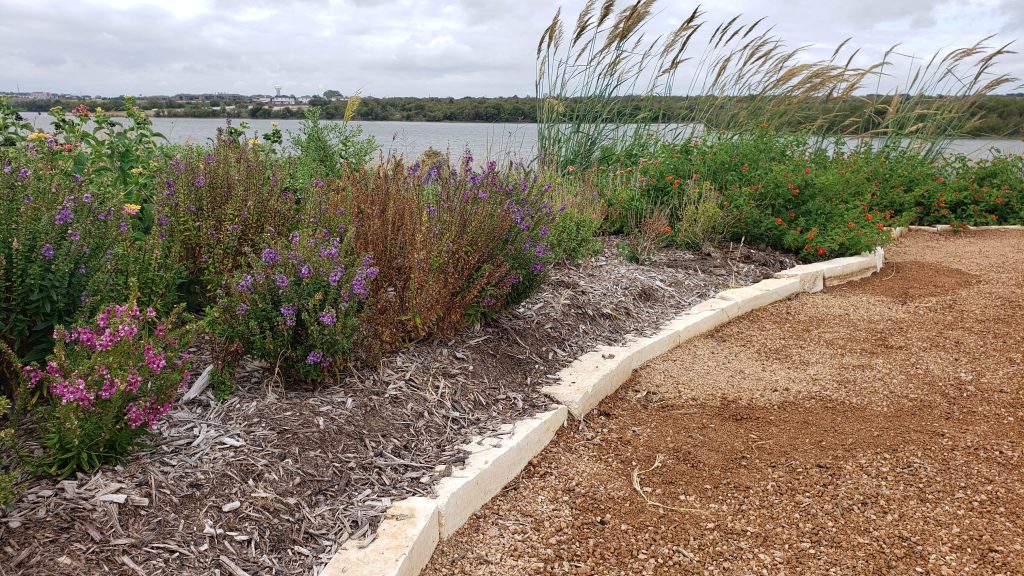
Native plants grow naturally in this area so they do not need a lot of additional resources to be happy. Drought tolerant or adapted are ok too, just make sure they are not invasive
Grow a variety of different native plants.
- Flowers
- Tall, Clumping Grasses
- Bushes
- Vines
- Trees
- Diverse sizes, families, textures, and colors
For more information on native plants for this area, visit our Native Plant Resources page.
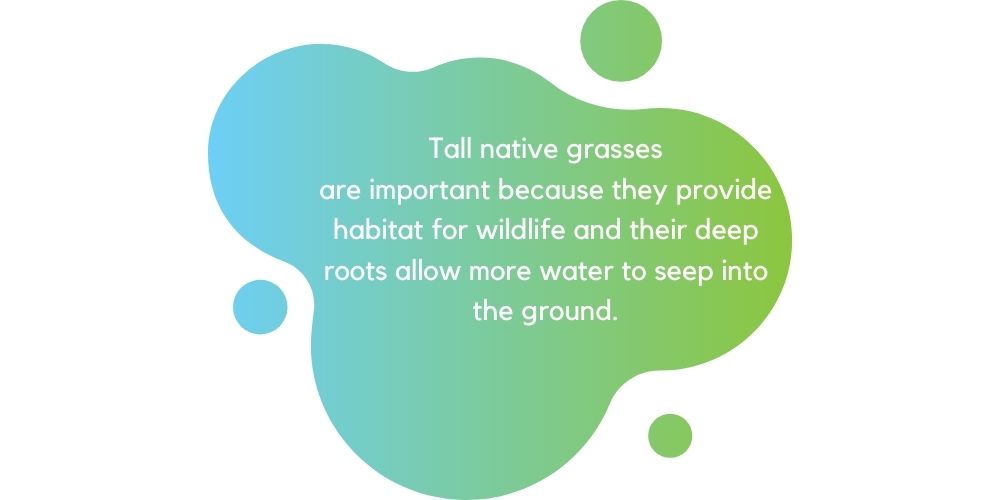
Tip 3: Provide for Wildlife
Consider planting a pollinator garden. They are beautiful and attract beautiful and interesting butterflies, bees, and birds. For more information on making a pollinator garden in North Texas, visit our Pollinator Resources page.

Provide a water source: water features and bird baths are cool, but a simple saucer with pebbles will do.
Install bird feeders or squirrel feeders
Install birdhouses, bat houses, and bee houses.
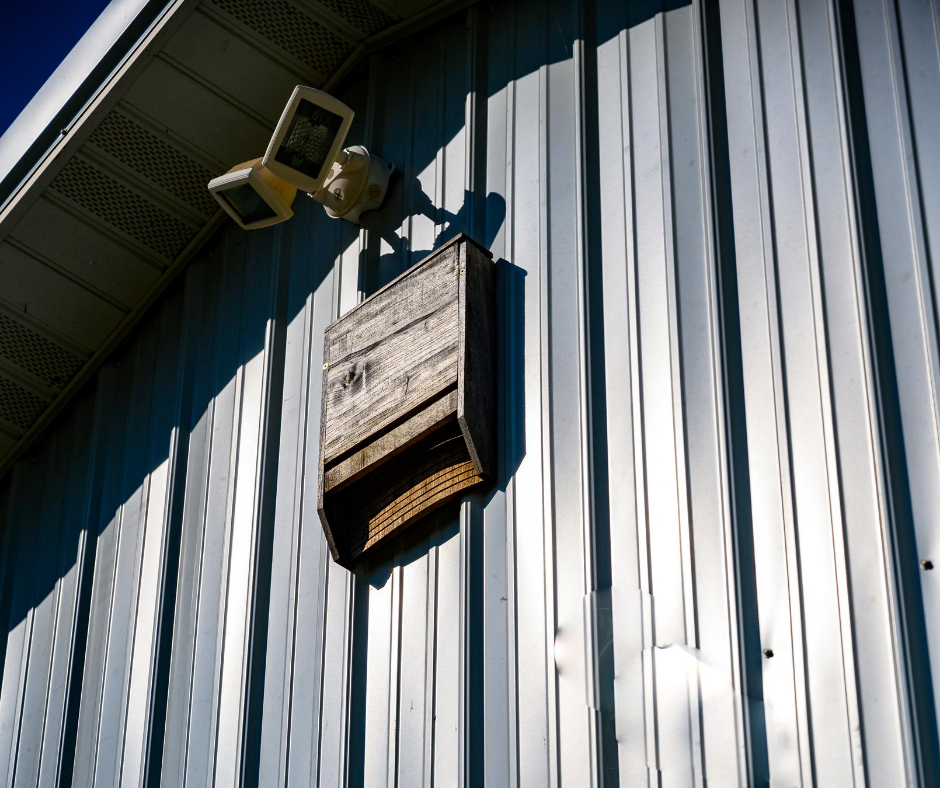

Tip 4: Let Things Grow!
Make smart design and plant choices that don’t need so much maintenance. Make sure you are keeping the mature size of the plant in mind and putting the right plant in the right place.
There is no need for straight lines and severely pruned plants. Get used to things being a bit more messy and natural.
This is the easiest tip! Just do nothing!
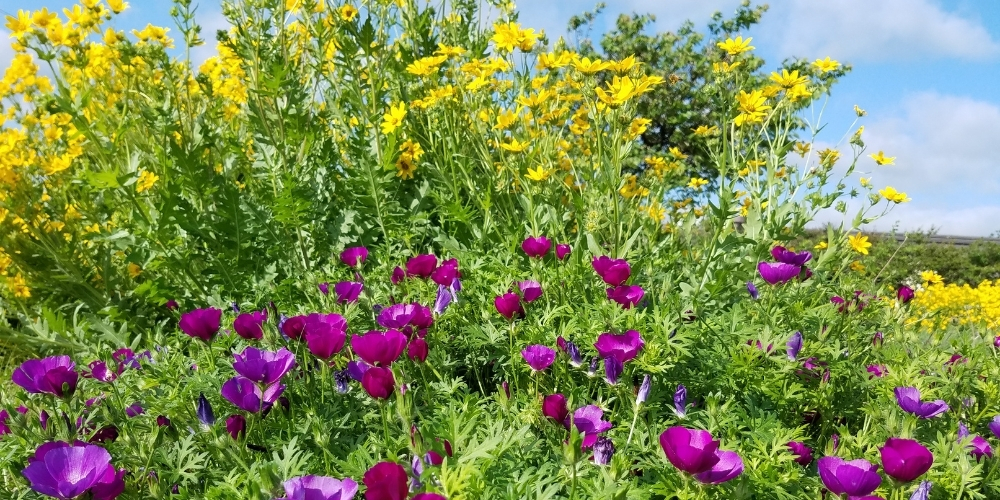
Tip 5: Water Less
How much does your landscape really need?
That is a big question here in North Texas, but it is probably less than you think. Check out this blog article to get a handle on exactly how much your landscape needs or check out these quick tips.
Watering should change with the weather
Native or drought tolerant plants:
- After establishment, see how long they will go without watering
- Likely will just need a bit of water in the summer
Turf grass:
- <1 inch per week in the summer, little to none in other seasons
- Sign up for free Weekly Watering Advice custom to your location
Water 2x a week maximum
Water after 6pm to before 10am
Be sure to Cycle and Soak
Tip 6: Make Your System Efficient
Look at sprinkler system while it is running! Do you know how much water is being used each time?
- Change settings according to weather and season
- Maintain system – Fix leaks
- Don’t water when it is super windy
- Install a rain and freeze sensor
- Get a weather based irrigation controller
- Get a free sprinkler evaluation
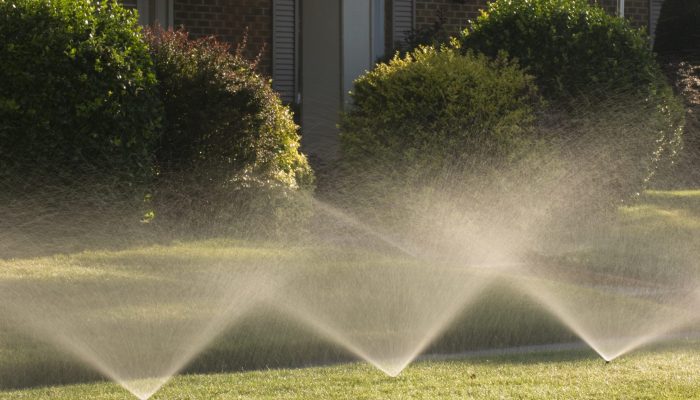
Tip 7: Harvest Rainwater
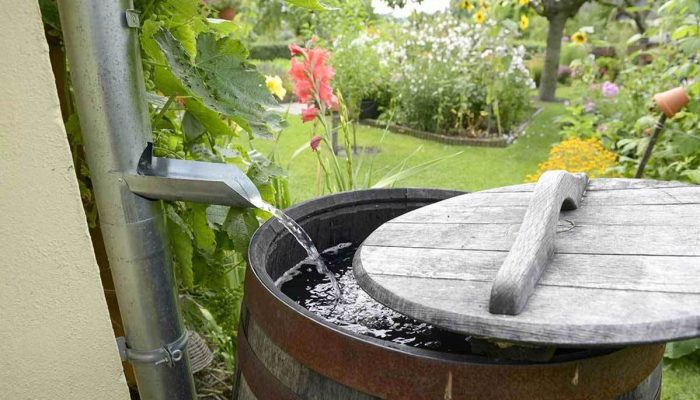
Capture rainwater when it is abundant to keep for use when it is not. Plants like rainwater better than tap water anyway. You can get a little 50 gallon DIY rain barrel all the way to a 5000 gallon cistern.
A 2000 sq ft roof with just 35 inches of rain can catch over 40,000 gallons in a year.
Tip 8: Reduce Chemical Use
Use less chemical fertilizers, herbicides, and pesticides. They are bad for the environment and cause pollution. Try to use organic or natural options instead and think about what the real cause of the problem you want to fix is.

Tip 9: Make a Compost Pile
You can reduce waste sent to the landfill and make your own fertilizer and organic matter to add to beds and lawn. It’s a win-win situation! Use yard and kitchen waste to make awesome compost.
Check out our composting video to learn all about it.
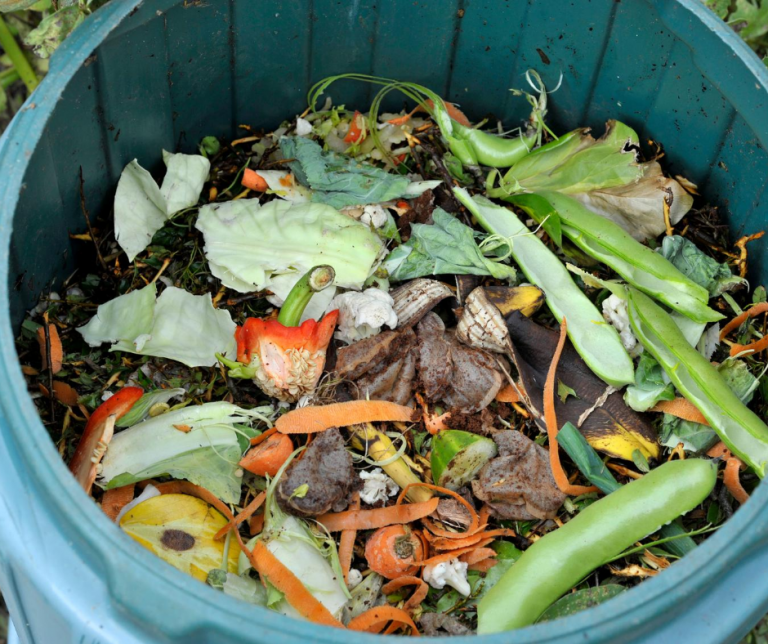
Tip 10: Convert from Gas
Try using an electric string trimmer, electric mower, or manual mower. Try manually raking or sweeping instead of leaf blowing.
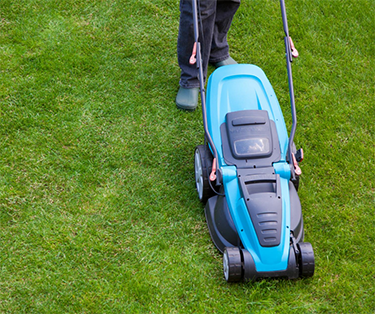
Implementing any of these tips will help with a more Earth-friendly lifestyle. For more detail about each of these tips and how they help the environment, check out my video here. In the video, I calculate an estimate of the carbon and water savings associated with each of these decisions and the list as a whole. Check it out if you are interested.
If all of these tips were implemented on a 2000 square foot yard, the carbon footprint would be negative, meaning that the landscape would store more carbon than it releases and it would use over 20,000 less gallons of the water than conventional landscape of the same size would on average.
To calculate your own landscape’s carbon footprint and water use, visit BRIT’s High Performance Landscape Calculator.
Heather Bass is a Water Conservation Specialist at Tarrant Regional Water District who focuses on outdoor water conservation and sustainable landscaping through ecologically sound principles. You can reach Heather at heather.bass@trwd.com or 817-720-4432.


